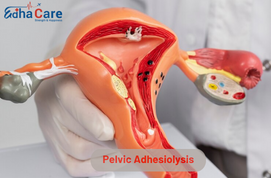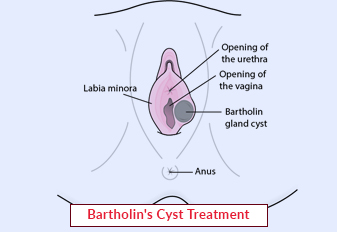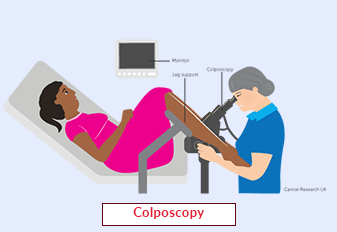Pelvic Adhesiolysis

Pelvic adhesiolysis is a surgical procedure performed to remove adhesions in the pelvic region. Adhesions are bands of scar tissue that form between organs or tissues, causing them to stick together. This article provides an overview of pelvic adhesiolysis, including its purpose, procedure, and important considerations.
Book an AppointmentAbout Pelvic Adhesiolysis
Pelvic adhesiolysis aims to relieve symptoms and improve fertility by releasing adhesions that may be causing pain, organ dysfunction, or infertility. The procedure involves separating and removing scar tissue to restore normal pelvic anatomy and function.
Causes and Symptoms of Pelvic Adhesions
Pelvic adhesions can develop as a result of various factors, including:
-
Pelvic surgery, such as C-sections, hysterectomies, or appendectomies
-
Inflammation or infection in the pelvic region, such as pelvic inflammatory disease (PID)
-
Endometriosis, a condition where uterine tissue grows outside the uterus
-
Trauma or injury to the pelvic area
Symptoms of pelvic adhesions may include:
-
Chronic pelvic pain
-
Pain during sexual intercourse
-
Infertility or difficulty getting pregnant
-
Bowel or bladder dysfunction
Diagnosis of Pelvic Adhesions
To diagnose pelvic adhesions, a healthcare provider may perform various tests, including:
-
Pelvic examination: A physical examination of the pelvic region to check for any abnormalities or signs of adhesions.
-
Imaging tests: Ultrasound, MRI, or CT scans may be used to visualize the pelvic organs and detect the presence of adhesions.
-
Laparoscopy: A minimally invasive procedure where a thin, lighted instrument called a laparoscope is inserted through a small incision to view the pelvic area directly.
Preparation for Pelvic Adhesiolysis
Before undergoing pelvic adhesiolysis, a healthcare provider will guide you through the following preparation steps:
-
Medical evaluation: A thorough medical evaluation will be conducted to assess your overall health and identify any potential risks or complications.
-
Preoperative instructions: You may be advised to avoid eating or drinking for a specific period before the procedure. Follow the instructions provided by your healthcare provider.
-
Consent and discussion: You will have an opportunity to discuss the procedure, its benefits, potential risks, and alternative treatment options. Consent for the surgery will be obtained.
Procedure of Pelvic Adhesiolysis
Pelvic adhesiolysis is typically performed under general anesthesia. The steps involved in the procedure may include:
-
Making incisions: Small incisions are made in the abdomen to access the pelvic area.
-
Visualization: A laparoscope is inserted through one of the incisions to provide a clear view of the pelvic organs.
-
Adhesion release: The surgeon carefully separates and removes the adhesions using specialized instruments, restoring normal organ placement and mobility.
-
Additional procedures: If necessary, additional procedures like removing ovarian cysts or treating endometriosis may be performed.
-
Closure: Once the adhesiolysis is complete, the incisions are closed with sutures or adhesive strips.
Recovery and Aftercare
After pelvic adhesiolysis, you can expect the following:
-
Hospital stay: The length of the hospital stay may vary depending on the extent of the procedure and individual recovery progress.
-
Pain management: Your healthcare provider will prescribe appropriate pain medications to manage postoperative discomfort.
-
Recovery time: Recovery time varies, but most individuals can resume normal activities within a few weeks.
-
Follow-up care: Regular follow-up appointments will be scheduled to monitor your recovery and address any concerns.
Potential Risks and Complications
Like any surgical procedure, pelvic adhesiolysis carries some risks and potential complications, including:
-
Infection
-
Bleeding
-
Damage to nearby organs
-
Formation of new adhesions
-
Anesthesia-related complications
It is essential to discuss these risks with your healthcare provider and follow their postoperative instructions to minimize complications.
Require Assistance?
Get A Quick Callback From Our Healthcare Experts






